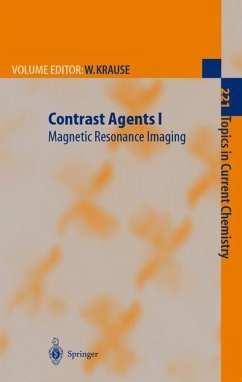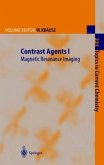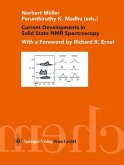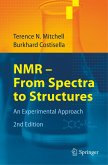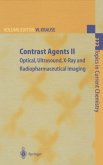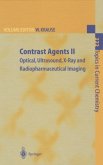Extracellular MRI and X-ray contrast agents are characterized by their phar- cokinetic behaviour.After intravascular injection their plasma-level time curve is characeterized by two phases. The agents are rapidly distributed between plasma and interstitial spaces followed by renal elimination with a terminal half-live of approximatly 1-2 hours. They are excreted via the kidneys in unchanged form by glomerular filtration. Extracellular water-soluble contrast agents to be applied for X-ray imaging were introduced into clinical practice in 1923. Since that time they have proved to be most valuable tools in diagnostics.They contain iodine as the element of choice with a sufficiently high atomic weight difference to organic tissue. As positive contrast agents their attenuation of radiation is higher compared with the attenuation of the surrounding tissue. By this contrast enhancement X-ray diagnostics could be improved dramatically. In 2,4,6-triiodobenzoic acid derivatives iodine is firmly bound. Nowadays diamides of the 2,4,6-triiodo-5-acylamino-isophthalic acid like iopromide (Ultravist, Fig. 1) are used as non-ionic (neutral) X-ray contrast agents in most cases [1].
The text of all chapters is organized in a logical and capacious manner. Although the book is an assemblage of parts written by different authors, the overall uniformity of the work is commendable and the readability is good.
The book educates us about a fascinating, but also difficult, area. It is one of the few books that shows the greatest assortment and chemical details about contrasts agents of MRI.
- EUROPEAN RADIOLOGY
The book educates us about a fascinating, but also difficult, area. It is one of the few books that shows the greatest assortment and chemical details about contrasts agents of MRI.
- EUROPEAN RADIOLOGY

